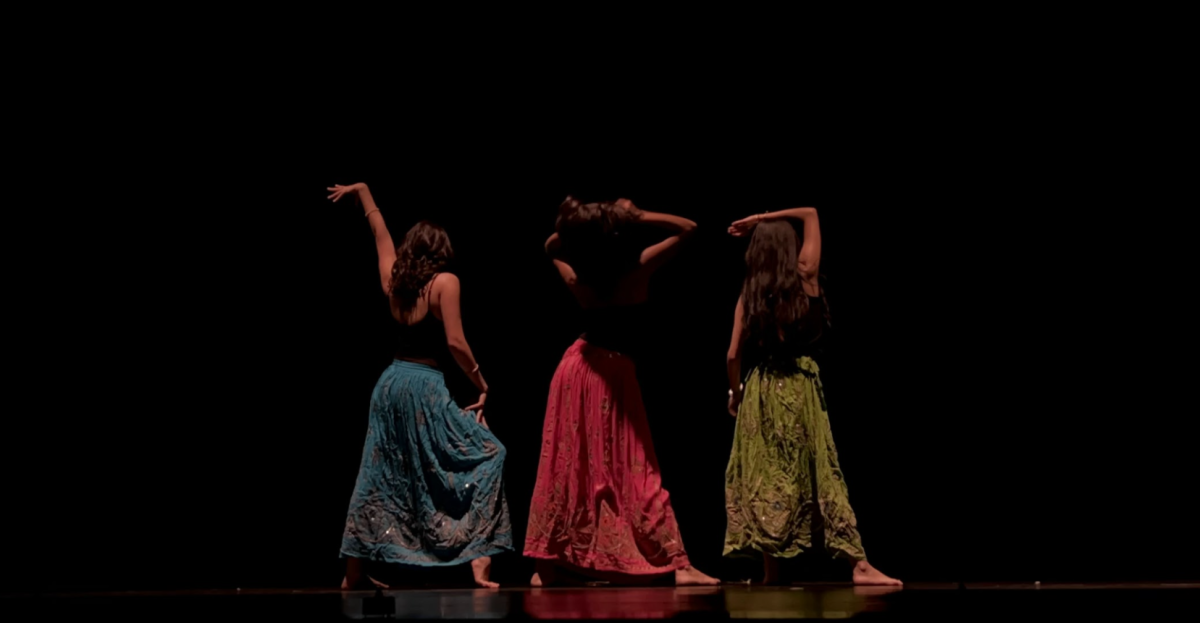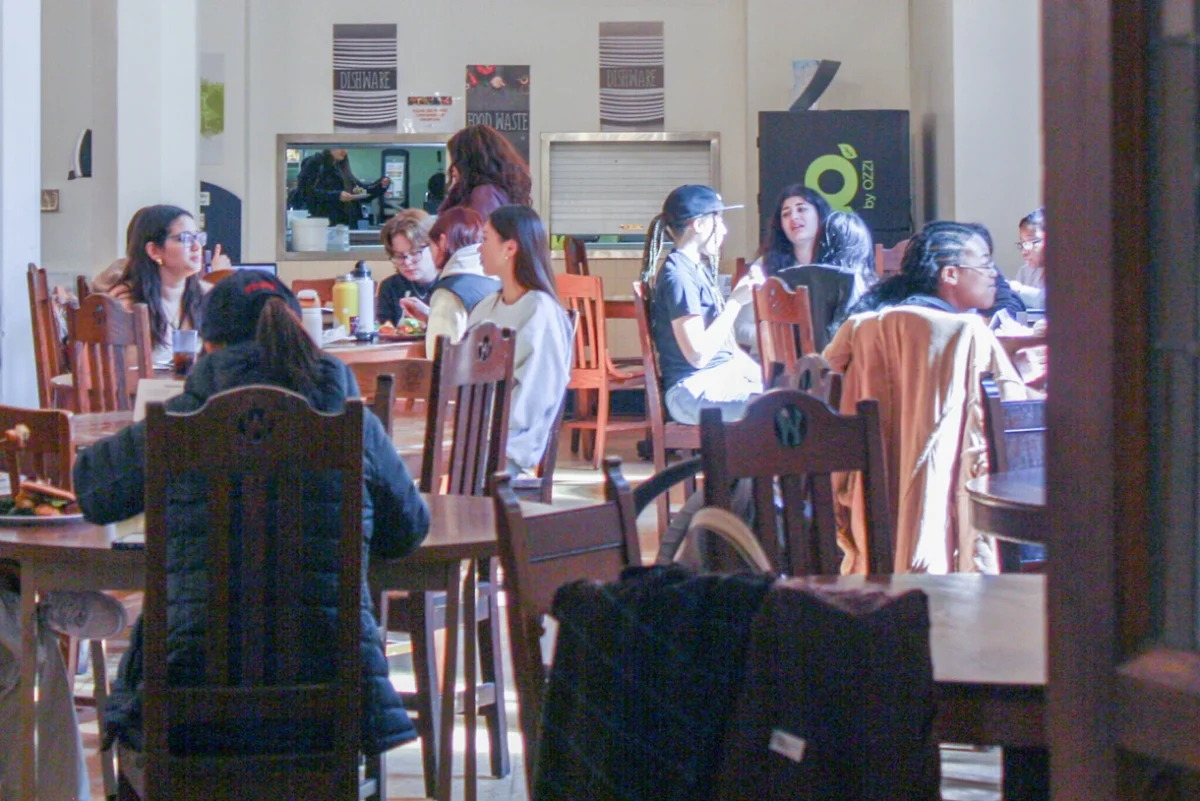By KILY WONG ’16
Staff Writer
For many people, the best part about Halloween is not trick-or-treating for candy, attending ghoulish parties or visiting cemeteries or haunted houses. It’s all about the costumes and deciding who or what you’ll dress up as for the night.
Aside from personal preference, the costume we select may not, in fact, be completely random. Rather, a part of that decision-making is driven by unconscious motives and may provide insight into our personalities.
“It’s an opportunity to express things we’re normally not allowed to express,” said G. Dennis Rains, a psychology professor at Kutztown University in Kutztown, Penn., in a recent edition of U.S. News and World Report. “It’s permission to let your underside or dark side come out. We can release what we normally keep under wraps.”
While Halloween is a time to scare and to be scared, it also seems to be a time when we are encouraged to explore other sides of our identity. Halloween provides an opportunity to try on different suits and consider who or what we aren’t, or to express a particular personality or character.
For young adults, experimenting with these various roles is crucial to personal development and can explain why Halloween is so popular among high school and college students. This night of self-expression provides a sense of freedom to showcase a perhaps more adventurous and untamed side. These youths are able to leave their real identities behind and boldly assume a different version of themselves.
“It allows us to experiment with fantasies and needs we normally keep oppressed,” explained psychologist J. Buzz Von Ornsteiner, project director of the Mental Health Court Advocacy Program in Brooklyn, N.Y., in the U.S. News and World Report. “We can finally unleash them—incognito. It makes us feel like we can do whatever we want, without any consequences or repercussions.”
In a recent op-ed piece for the New York Times, Jennifer Finney Boylan writes, “Even for the most repressed among us—perhaps especially for the most repressed—Halloween is the one day of the year when we are allowed to give in to our secret selves.”
You see a group of kids walking down the street dressed up as sticks of Wrigley gum, the Fruit of the Loom bunch or the gang from “Wizard of Oz.” Beyond exhibiting these secret desires and releasing psychic energies, as Freud would say, people have many motives that drive their costume selection, including their relative resemblance to the character, a desire to flaunt physical assets beyond what is typically appropriate or simply as a means of self-expression or displaying mental prowess by finding a very clever costume.
Two studies performed by Sally Foster, from the University of Miracosta in California, and John Suler, from Rider University in New Jersey, revealed findings regarding what a person’s Halloween costume choice reveals about them. After having students choose costumes for their peers, the researchers then compared the selected costumes to the respective “wearers.” The results suggested that costumes chosen by peers reflected characteristics that were different from or even opposite to the students’ actual personas.
Bearing that in mind, if a person dressed up as a Bavarian bar maid or seductress, the rather promiscuous costume may reflect a sexuality that is perhaps often repressed by the individual. Meanwhile, if the person dressed up as Edgar Allan Poe, it might reveal that the individual has a fascination with horror, gore and death, and also wishes to express the suppressed personality traits that are associated with being a great poet.
But why do people also dress up as things that are frightening, such as the grim reapers, zombies, creepy clowns and other monsters? Well, it seems like there is some power in becoming the very thing it is that we fear.
According to Jungian psychology, which argues that a pattern of archetypes serves as predispositions of character that exist in the collective unconscious, people strive to find balance between conflicting facets of identity. As a result, the self is created through the union of all these aspects, including the darker sides of personality such as the Shadow.
Grown women who dress up as fairies or Disney princesses, whether they be Cinderella, Pocahontas, Snow White or Jasmine, may be exhibiting nostalgia for their childhood. These women appear to have a desire to return to an earlier time of innocence and safety.
“We want to recapture that, or live it out again,” Von Ornsteiner explained in another edition of U.S. News and World Report. “It’s very romantic.” Thus, their purchase of such a costume may illustrate a regression toward an earlier stage of development, when dreams could still come true.
Interestingly, younger children’s choice in costumes more often relates to what they aspire to become as they struggle to develop a sense of industry and identity, as developmental psychologist Erik Erikson would posit. In the Seattle Times, clinical psychologist Josh Hooberman said, “Kids are drawn to things they want to be, whether it’s a superhero for a boy or a princess for a girl. Kids want to be strong and able to face the world, and in a way, Halloween costumes are about wish-fulfillment.”
But sometimes, a costume is only a costume, and we need to leave the psychoanalyzing for the people in the lab coats or our Great Aunt Martha at Thanksgiving.




